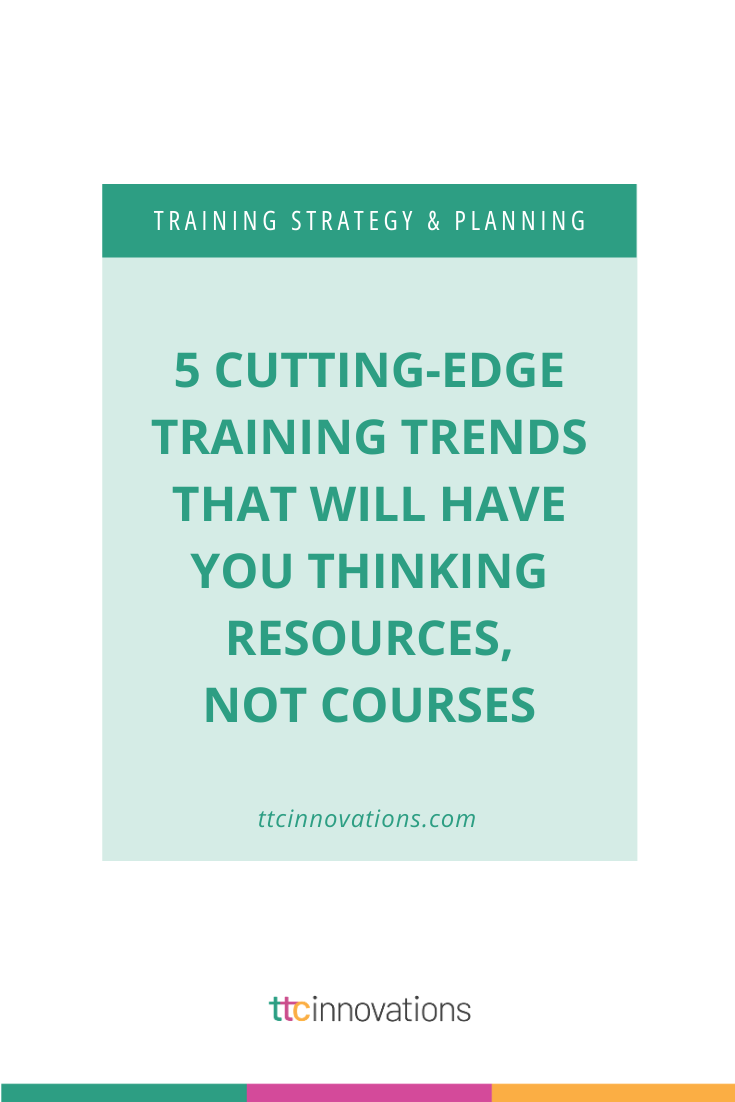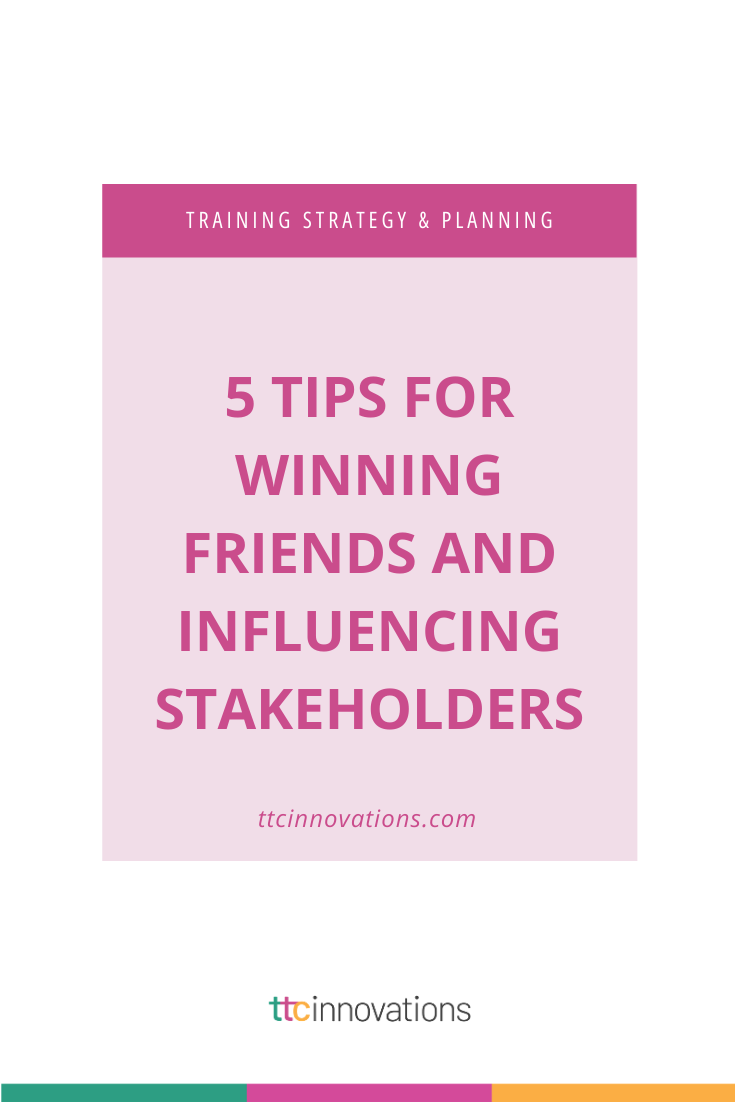Moving projects forward, especially in large organizations, is often more about stakeholder analysis and influence than it is about doing the actual work (whether we like that idea or not). In learning and development, we’re often bringing a top executive’s “baby” into the world, so the stakeholders’ desire to hold on to the project can be even more intense. Since developing skills and techniques for stakeholder engagement is essential for good project management, I’ve put together a short list of tips that have worked for me over the years. You’ll notice a theme emerge.
Tip #1: Empathize
Stakeholders are our customers, so we have to treat them as such. If you’re trying to make a sale, the first thing you do is put yourself in the customer’s shoes – and the same principle holds true for project stakeholders. To keep yourself in a customer-focused mindset:
- Think about “wants” as well as needs. Any good salesperson will tell you that it’s hard to sell someone what they need – but easy to sell them what they want.
- Determine the stakeholders’ communication styles. It may be a little passé now, but I’ve always been a big fan of the simplicity of Tony Alessandra’s behavioral profiling. Whatever system you decide works best for you, find one and use it to communicate in the way your stakeholders are most likely to receive the message.
Tip #2: Keep Stakeholders Involved
Keeping stakeholders involved can be tricky. They want to know what’s going on, but, hey – they hired YOU to manage the project! And everyone knows that throwing endless meetings and options at stakeholders is the surest way to slow a project down.
Some time ago, I was on a project that reached a crossroads about choosing a software platform for one element of the program. The best solution was evident to the project team, so we forged ahead and “told” the stakeholders which direction to go. They responded by requesting endless meetings to ensure they thoroughly explored all the options.”. The next time a similar situation arose, we tried a different tack: We met with all the relevant prospective vendors and created a report with pros and cons, along with our recommendation. The stakeholders agreed at the first meeting. We kept them involved without allowing the project to slow down.
Tip #3: Communicate Early and Often
If your stakeholders feel out of the loop, they’re sure to stop you dead in your tracks. I’ve found it’s best to communicate very consistently from start to finish. Of course, that doesn’t mean a daily meeting (God forbid!). But I try to cc stakeholders on EVERY email. That’s right. Every last one. Transparency builds trust. Here are a few more tricks:
- Set a weekly meeting. If stakeholders know they’ll be talking to you soon, they’re more likely to hold off on contacting you unless they have urgent requests.
- Decide how long your meetings need to be – and stick to it. You’ll be surprised how much more you can accomplish when everyone knows they’re on a deadline.
- Send out meeting agendas before every meeting and invite stakeholders to add items. This technique gives you an opportunity to get ahead of requests before the meeting – and boy, will they love that!
Also, find opportunities to give stakeholders the floor. Ask them questions instead of always pushing information at them. Communication goes both ways!
Enter every meeting with a list of questions (even if you have to make some up!). In addition to project-specific queries, always ask stakeholders:
- Is the project on track from your point of view?
- Are there any areas where we can improve?
- What do you want to see before the next meeting?
Many project managers won’t ask these questions, because they’re concerned that the answers will take them off track. But asking these kinds of questions consistently will build trust and show that you’re genuinely interested in the stakeholder’s viewpoint – and you’ll find that their criticisms will become fewer over time.
Tip #4: Show Off Your Organization Skills
I know you’re organized. You know you’re organized. The stakeholders probably know it, too. But you have to keep showing them. Present detailed, laid-out plans in a readable format. Use charts and graphs. Take them through everything step-by-step. Be as methodical as you can and be sure your presentations reflect the method. There is nothing, nothing that will move stakeholders to say “yes” like a well-organized presentation.
Tip #5: Communicate Your Vision
Stakeholders have a vision for the project. They want you to have one, too. Part of building trust is showing stakeholders that this isn’t just any project for you. If your work’s not important to you, it will show.
Imagine the possibilities for the project and talk about those ideas. Make statements that are:
- Future-oriented: What will the world look like when the project is completed?
- Human-based: Whose lives will be made better by this project?
- Practical: What must happen to create your future state?
The goal? Start a conversation to get your stakeholders aligned with your vision while getting aligned with theirs.
Did a Theme Emerge?
It should be obvious that communication is the key to influencing stakeholders. When people talk about “difficult stakeholders,” they usually mean “stakeholders who haven’t been given enough information,” or “stakeholders they don’t understand.”
Remember: You all want the same thing – a successful project. Communication builds trust – and it’s nearly impossible to influence someone who doesn’t trust you. When you show stakeholders that you share their vision, your projects will sail forward with a good, strong wind.
Now that you know how to communicate your vision to your stakeholders, it’s time to bring that vision to life with learning solutions that work! Contact us today for a free consultation to discuss your learning needs.









